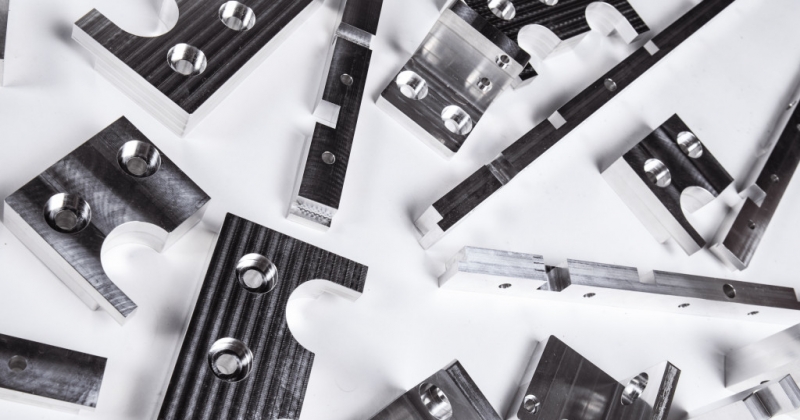In modern manufacturing, the demand for high-precision components is steadily increasing. These components find extensive applications in aerospace, medical devices, semiconductor manufacturing, automotive industries, and various other fields, demanding exceptionally precise manufacturing processes. High-precision components are often complex mechanical parts, necessitating highly accurate machining processes and stringent quality control standards. However, due to shrinking sizes and increasingly stringent specifications, even minor defects can potentially lead to system failures. Therefore, timely and accurate detection of these components is of paramount importance, and optical microscopes play a crucial role in this process.
Challenges of High-Precision Components
High-precision components typically exhibit extremely complex geometric shapes and minute dimensional features. The manufacturing of these components is highly demanding, as even minor errors can result in performance degradation or complete failure of the product. High-precision components are often fabricated from a variety of materials, including metals, plastics, ceramics, and more. Therefore, to ensure the quality and precision of these components, high-precision inspection methods are required.

Advantages of Optical Microscopes
Optical microscopes are commonly used tools for inspecting high-precision components due to several unique advantages they offer:
High Resolution: Optical microscopes provide high-resolution images, allowing operators to clearly observe the tiny details and surface features of components. This is crucial for detecting minor defects or measuring small dimensions.
Non-Contact Inspection: Using an optical microscope for inspection is a non-contact method that does not damage the component’s surface. This is vital for inspecting high-value components, where surface quality and integrity are critical to the final product’s performance.
Three-Dimensional Observation: Optical microscopes often have three-dimensional observation capabilities, helping operators gain a more comprehensive understanding of the component’s shape and structure. This is useful for inspecting features like curves, angles, and depths.
Real-Time Imaging: Optical microscopes can provide real-time imaging, allowing operators to observe the component being inspected in real-time. This aids in quickly identifying issues and making real-time adjustments.
Application Areas
Optical microscopes find widespread applications in the inspection of high-precision components. Here are some key application areas:
Electronics Industry: In semiconductor manufacturing, optical microscopes are used to inspect tiny defects in chips and electronic components to ensure their performance and reliability.
Medical Devices: High-precision components are common in medical devices, such as precision instruments and implantable medical equipment. Optical microscopes are used to check the dimensions and surface quality of these components to ensure they meet medical standards.
Aerospace: Aerospace components often require extremely high precision to ensure safety and performance. Optical microscopes are used to inspect engine parts, aviation electronic components, and more.
Precision Mechanics: In precision mechanical manufacturing, optical microscopes are used to inspect the quality and precision of components like gears, bearings, and injection-molded parts.
Limitations of Optical Microscopes
However, optical microscopes also have some limitations. For instance, most optical microscopes can only inspect surface features and cannot examine internal structures and organizations. Additionally, to ensure the manufacturing quality and product safety of high-precision components, optical microscope inspections require strict standardization of operations and precise calibration.
Conclusion
Optical microscopes play an irreplaceable role in the manufacturing and inspection of high-precision components. Their advantages, including high resolution, non-contact inspection, three-dimensional observation, and real-time imaging, make them a preferred tool for manufacturers and engineers. As manufacturing technology continues to advance, optical microscopes will continue to play a critical role in ensuring the quality and precision of high-precision components, driving various industries toward higher standards. The inspection of high-precision components has become an inevitable requirement in various industries. Utilizing advanced technologies such as optical microscopes for effective inspection will significantly enhance production efficiency and product quality.



